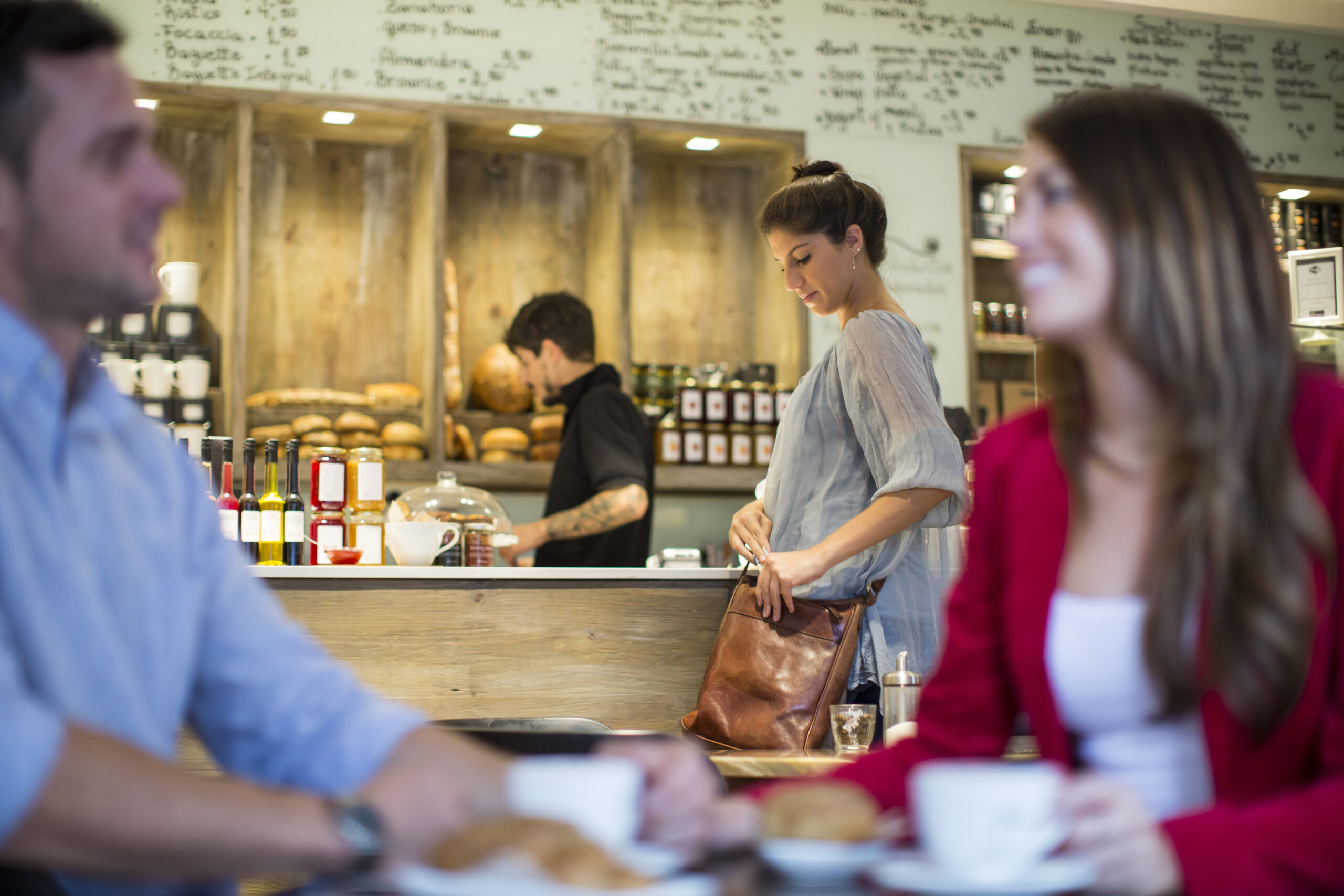How do we impact Spend per Head?
We should now have a good understanding of:
- what we’re measuring when we’re discussing Food & Beverage Spend per Head (SpH),
- why this is a useful metric in the Leisure and Hospitality sectors where activities/entertainment are being provided, and
- the impact of customer Dwell Time and Activity/Entertainment restriction upon SpH.
The next step is to gain a better understanding of how to positively impact the average SpH in a venue.
A good starting point is to look at the venues in the previous part to this article. In Part 3 of this series, we looked at a Bowling Centre which had an average SpH of £4.50, which is representative of a well operated FEC style centre in a non-City Centre location – for example, a traditional 20+ lane bowling operation with an arcade, diner and bar. However, obviously there’s a range, depending on the type of centre and how it’s operated. For example, we would anticipate a well operated Boutique style centre in the same location to return a SpH figure of more like £7.00. Equally, a poorly operated FEC style centre in a similar location can quite easily slip to F&B SpH returns of around £2.00.
It’s worth noting that a more adult focused operation in the same location will likely return higher SpH figures, but require a greater population density to be successful.
So what are the differences between the benchmark centre and the high performer? And why does the poorly operated FEC style centre fall to a lower level? The answers are common across any Hospitality and Leisure businesses which provide activities or entertainment.
The following tables compare the approach of Poor, Average and Good venues to delivering their F&B product. They’re split into 4 broad areas – Product Quality, Presentation, Service and Venue Environment – with some examples we would expect to see in venues that fall into each category.




Every single one of these areas, if improved, will positively impact the business in some or all of the following ways. Obviously, some elements will impact certain areas more than others, but the key is to improve as many as possible, creating a series of small positive improvements.

Return on Investment
However – all of these practices come with a cost. If designing and building a new venue, as long as funds are available, this is less of a problem. While implementing all of these points can be a significant additional cost over doing the bare minimum, there will at least be an immediate benefit as there is no existing reputation to overcome. In short, a better venue will take more money from Day 1, so providing an immediate return on investment.
Unfortunately, it must be appreciated that when working with an existing venue, it would be unlikely to see an immediate return on investment – beyond a likely price point increase – even if all these areas were improved across the board. In those circumstances it is important to carry out effective internal and outreach marketing work to make customers aware of changes, and encourage them to give the F&B product another try. The results will come of course, but owners must be comfortable that the returns may not be immediate, and slow improvement should not be seen as an indication that action taken hasn’t worked. The good news at least is that F&B products tend to make attractive photographs – perfect for getting started with free to use social media platforms.
Price Points
It’s also worth noting that some of these measures require increasing the cost of serve on each item – whether directly as a result of more expensive ingredients (e.g. fresh mince burgers rather than frozen food service product), or indirectly as a result of more expensive service items (e.g. wooden boards rather than low quality white ceramic plates). Clearly, if the sale price of the item were not to be increased this would directly reduce profitability. Sometimes this is a sensible temporary technique to increase F&B sales in a venue which has traditionally struggled – customers need to be encouraged to try the new product first, and there will be long term benefits once the price point can be adjusted to match the quality. However, usually a quality increase can be accompanied by an appropriate price increase – for some guidance on how to work out what the new appropriate price point is, refer back to the benchmarking discussion in Part 2.
Always remember, it is likely that increasing the price to the correct level will not maintain the GP Margin % in an activity venue. Instead, pay close attention to the products’ bottom line contribution (have a look here for a more detailed look at this), and of course the additional F&B purchases – which are usefully demonstrated by an increased Spend per Head.

 " />
" />

 Instagram
Instagram Facebook
Facebook Linkedin
Linkedin